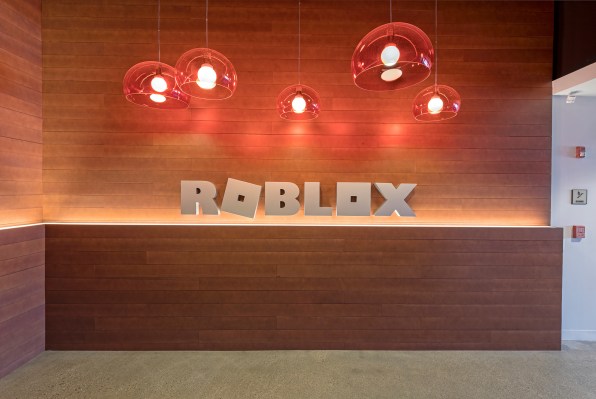Gaming has always been a part of human culture, but what may have once been a passive pastime enjoyed by some is now an ultra-competitive and lucrative business market with huge players duking it out for dominance. The video game industry has grown from its nascent console roots into an industry with tens of billion of dollars in revenue at stake as well as ever more competition for the key demographic of players aged from teenager to mid-life.
Yet, one company has eschewed that whole competitive world, both in the play experience it offers and in the demographics it targets. Roblox is not exactly a household name — yet. In fact, if you don’t have children — and young children at that — you may have never even run into the company or its game-building platform. But Roblox has assiduously cultivated a dedicated following among younger children, and today it has 90 million active users and has raised hundreds of millions of dollars of venture capital.
It’s not just a unique company with an incredible product — it’s also a compelling narrative about the multi-decadal vision of a founder who gravitated to simulations and the power of worldbuilding as a canvas for creativity and fun. While Roblox is getting more into payments to build a business, its core mission remains giving tools to children to expand their imaginations while also connecting them with other children to share their delightful ideas.
Our lead writer of this EC-1 is Chris Morrison. In addition to spending more than a decade writing about tech at publications like VentureBeat and The Economist, he’s also a game developer himself, and is thus a perfect fit for understanding the full range of potential that the Roblox platform has to offer and the challenges of building a product in this competitive space.
Roblox had no input in the content of this analysis and did not get advanced access to it. Morrison has no financial ties to Roblox or other conflicts of interest to disclose.
The lead editor of this EC-1 was Danny Crichton, and the operations editor was Arman Tabatabai. The copyeditor was David Riggs.
There are two parts to this EC-1 and one postscript, totaling 7,200 words and a reading time of 30 minutes. We have:
- Part 1: Origin story “How Roblox avoided the gaming graveyard and grew into a $2.5B company” (3,600 words / 14 minutes) — explores the slow and steady rise of Roblox from its origins as a physics simulator into the modern gaming platform for children you see today
- Part 2: Growth strategy “Digging into the Roblox growth strategy” (3,000 words / 12 minutes) — analyzes the different constituencies of Roblox from children to parents to developers and how Roblox uses different strategies and tactics to engage them on its platform
- Postscript: Lessons learned “3 lessons from Roblox’s growth to gaming dominance” (800 words / 4 minutes) — a few takeaways on what Roblox’s success means for other startup founders
As always, we are curious about your feedback about this profile and the EC-1 series in general. If you have comments or ideas, please feel free to email Extra Crunch Executive Editor Danny Crichton at danny@techcrunch.com.
